
Crimean Offensive
German and Romanian armies evacuate Crimea
The Crimean Offensive was a series of Red Army attacks directed against the German-held province of Crimea in southern Ukraine. In these battles the Red Army’s 4th Ukrainian Front engaged the German 17th Army. This army was part of the German Army Group A, and was composed of German and Romanian soldiers. The offensive ended when the Axis forces evacuated Crimea at the city of Sevastopol. The Germans and Romanians suffered heavy casualties during the evacuation.
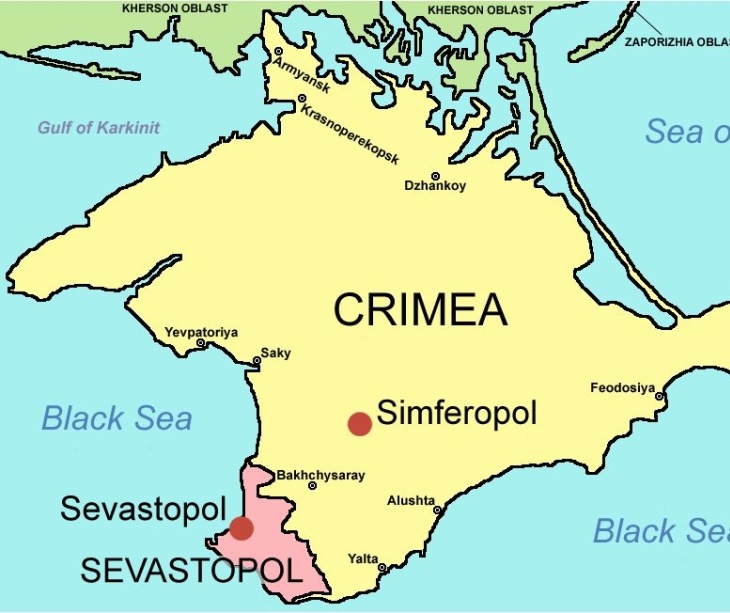
1 of 3
The Crimea is virtually a large island, joined to the mainland in the north by the six- to eight-kilometer-wide Isthmus of Perekop and a rail line whose raised embankment crosses the Sivash. The Sivash, the ‘foul lake,’ is a shallow, island- and lagoon-rich body of water. To the south and west extends the Black Sea, and in the east the four- to fifteen-kilometer-wide Strait of Kerch separates the Sea of Azov from the Black Sea and at the same time the Crimea with its Kerch Peninsula from the opposite Taman Peninsula.
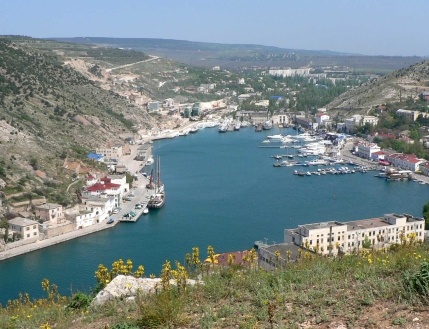
2 of 3
The Crimea is largely flat, with wide, open plains. Only in the south do the plains rise to form the Jaila Mountains, part of which run along the southern coast. There are few rail lines and a couple of overland roads.

3 of 3
In the southwest corner of the Crimea is the city, fortress and harbor of Sevastopol, with a small tongue of land, the Khersonyes Peninsula, with a number of bays, steep rock faces and a narrow beach. It was here that the tragedy of the 17th Army was to be played out.
After months of heavy and costly fighting, the 17th Army was finally permitted to evacuate the Kuban bridgehead. In a well planned and executed operation the army crossed the Strait of Kerch from the Taman Peninsula. By October 1943, the army had reached the Crimea. If the troops had expected to be given time to rest and recover, they were soon disappointed. Eight divisions were immediately
transported to the north, where they were thrown into further heavy fighting. The remaining German and Romanian divisions stayed where they were for the time being. Hitler wanted to hold on to Crimea for political reasons. But from a military point of view, this was not a realistic plan.
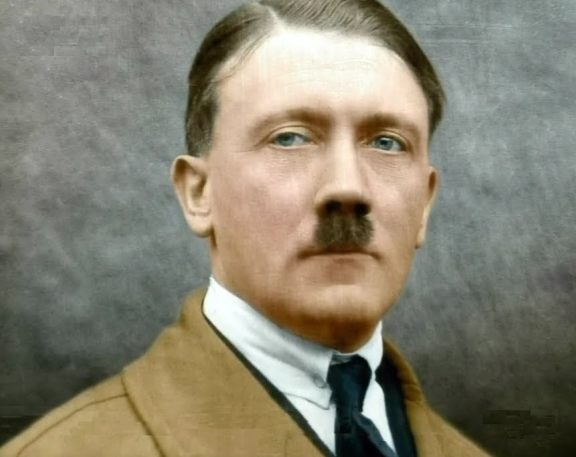
1 of 5
Hitler wanted to hold on to the Crimea for reasons of prestige. He was concerned about the negative political effects which would ensue from the loss of the peninsula, especially where Turkey, Bulgaria and allied Romania were concerned. However, political considerations and motivations only make sense when they correspond to a nation's military position and strength.

2 of 5
The argument that holding onto the Crimea would provide flanking protection for the southern end of the Eastern Front did not ring true. This could have been better achieved by barricading the Perekop Peninsula. And the claim that was often repeated in such
situations, that the Crimea would tie down significant enemy forces, was also invalid. After the battle of Kursk the Red Army, with its great superiority in troops and materiel, had been in a position to launch offensives simultaneously in several sectors.
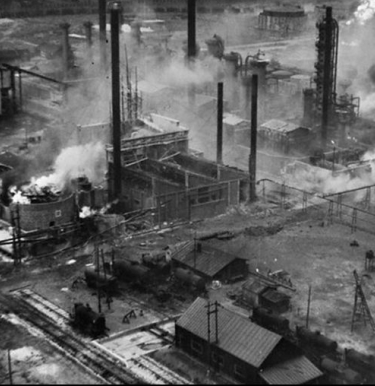
3 of 5
Hitler worried that the Crimea would serve as a base from which Allied air power could attack the Romanian oil fields. There was some irony in this position, because early American bombers, flying out of the Foggia fields in Italy, opened up an offensive aimed at destroying the Romanian oil fields.
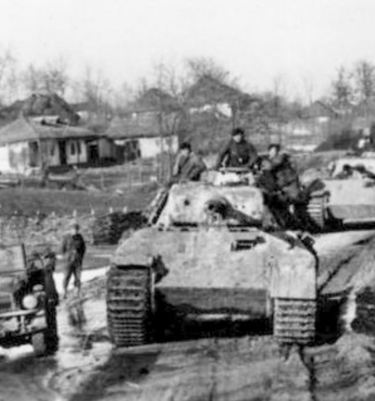
4 of 5
By spring Hitler had pushed considerable German resources into the Crimea to defend the Isthmus of Perekop and Kerch Peninsula, where the Soviets had again established themselves. Over the course of the winter, the Crimea received four German divisions as reinforcements. In addition, two self-propelled assault gun brigades, almost the equivalent of a Panzer division, had also arrived. Hitler had ordered these reinforcements despite the desperate situation in Army Group South.
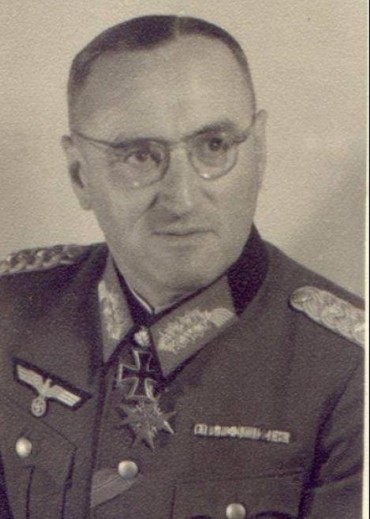
5 of 5
General Ferdinand Schörner arrived to inspect the Crimea’s defenses. Displaying extraordinarily bad timing as well as a lack of ability as an analyst, the general pronounced the fortifications outstanding and defensible ‘for a long time.’
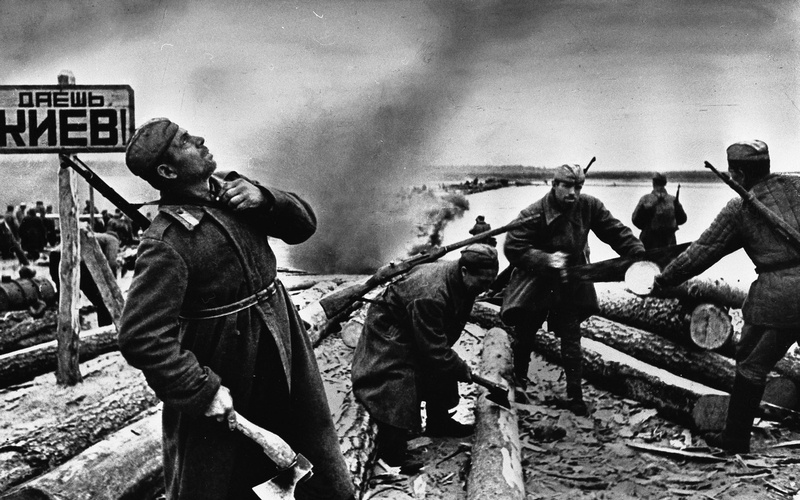
The 1943 autumn soviet offensives
After the German failed attack at Kursk the Red Army staged a series of attacks across the Eastern Front. The Soviets manged to retake the cities of Kharkov, Orel, Kiev, Bryansk and Smolensk.
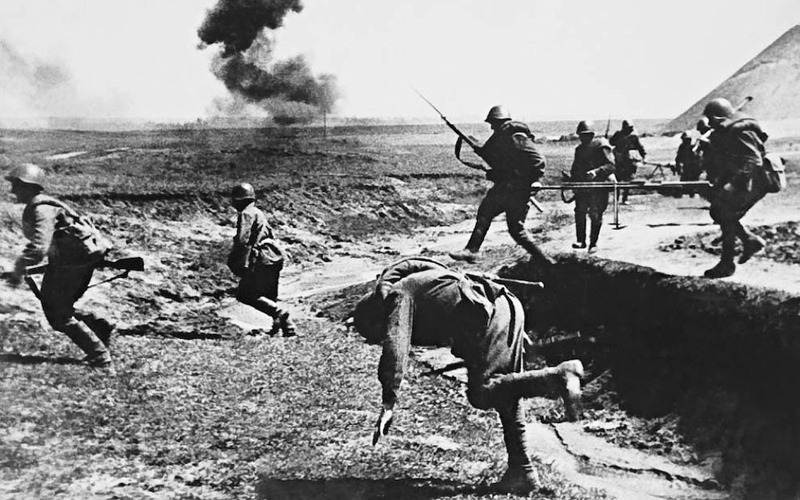
Battle of the Korsun–Cherkassy Pocket
During the Battle of the Korsun–Cherkassy Pocket the Russian Red Army tried to eradicate the encircled German forces. The Germans tried a breakthrough in order to escape encirclement, which resulted in heavy casualties. which
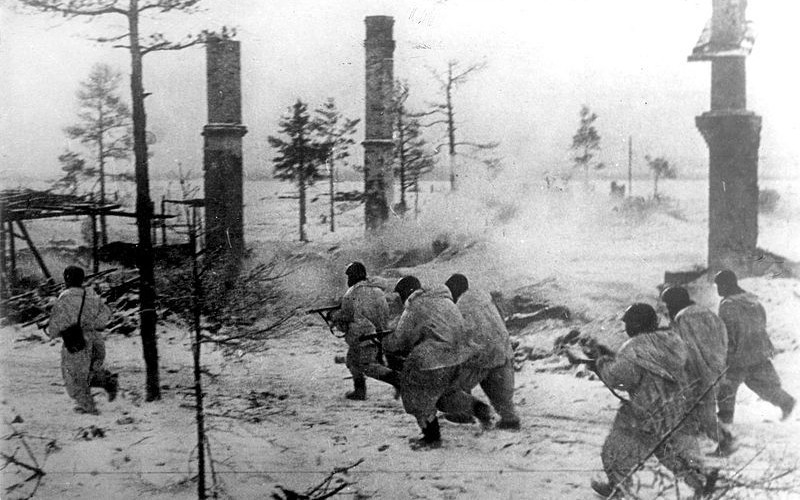
Leningrad-Novgorod Offensive
The Leningrad-Novgorod Offensive was a strategic offensive during World War Two which led to the lifting of the almost 900-day siege of Leningrad. After the bloodiest siege in human history, lasting almost 900 days, during which more than 1.1 million people died, Leningrad was finally liberated. Novgorod fell two days later as the Germans recoiled rapidly.

Battle of Ternopol
The battle of Ternopol, or battle of Kamianets-Podilskyi pocket was a battle in which the Red Army tried to surround and destroy the German 1st Panzer Army.
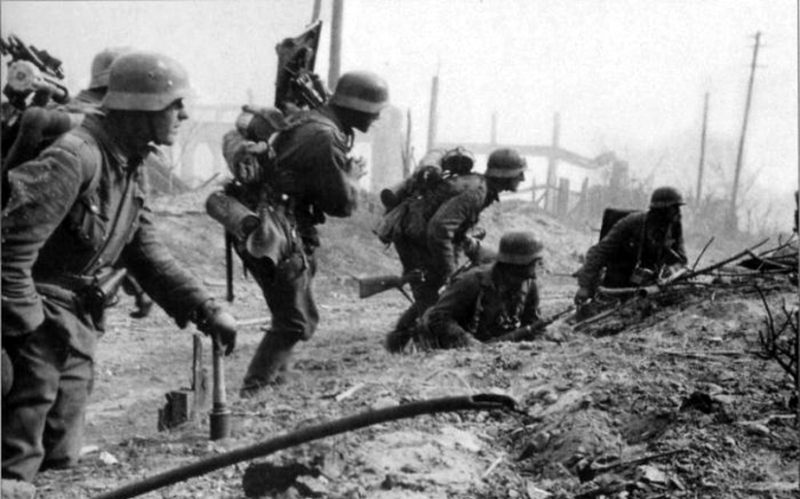
Operation Bagration
Operation Bagration was the codename for the Red Army Belorussian Strategic Offensive Operation during World War 2. This operation cleared the German troops from the Belorussian SSR and eastern Poland. The offensive was directed against the German Army Group Centre and resulted in the almost complete destruction of this Army Group.
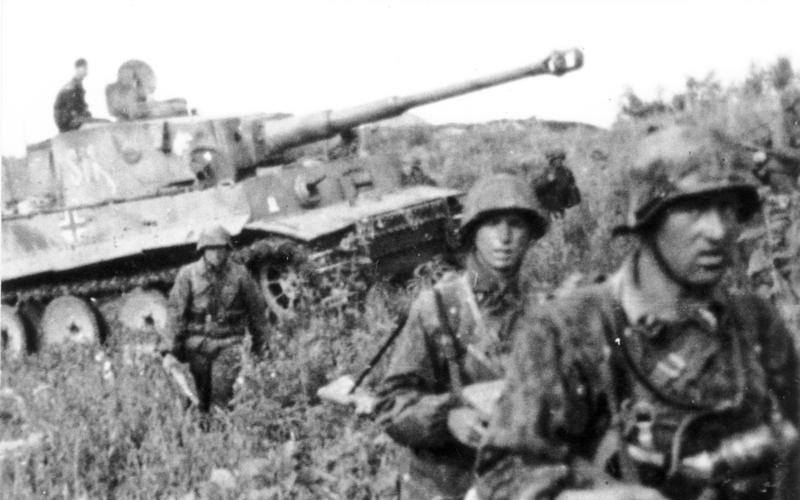
Battle of Brody
The Battle of Brody took place during the Soviet Lvov–Sandomierz Offensive. This offensive saw the formation of a pocket at Brody were a large number of German forces were surrounded and destroyed. The Lvov-Sandomierz offensive was launched so that the Germans would be dislodged out of Ukraine and Eastern Poland. The Red Army accomplished all of its objectives by the end of this offensive.
- Gerhard L. Weinberg, A World at Arms A Global History of World War Two, Cambridge University Press, Cambridge, 1994
- Andrew Roberts, The Storm of War A New History of the Second World War, Penguin Books, London, 2009
- Williamson Murray, Allan R. Millett, A War To Be Won Fighting the Second World War, Belknap Press, Cambridge, Massachusetts, 2000
- Alex Buchner, The German defensive battles on the Russian front 1944, Schiffer Publishing, Atglen, Pennsylvania, 1995
- Rebecca Mace





